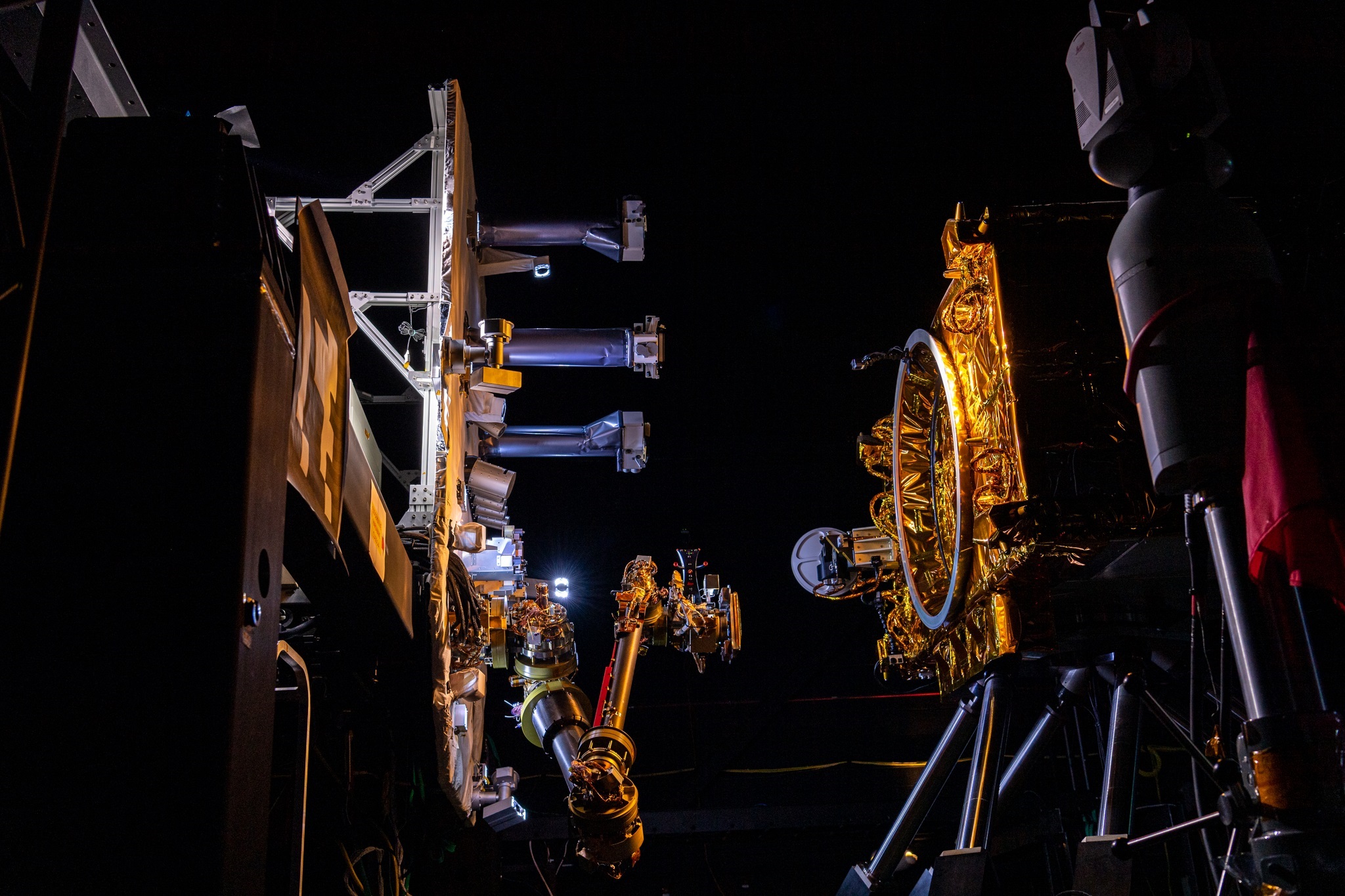Latest News

NASA’s On-orbit Servicing, Assembly, and Manufacturing 1 (OSAM-1) autocapture test bed. The FCC is considering updates to its in-space servicing rules. Photo: NASA
It’s not every day that the FCC proposes an entirely new rule section to address an emerging technology. But it may be a signal of the technology’s potential when it does. Such is the case for ISAM — or in-space servicing, assembly, and manufacturing. On Jan. 25, 2024, the Commission released a draft Notice of Proposed Rulemaking (Draft NPRM) in which it proposed a licensing framework for space stations conducting ISAM activities.
Among other items, the FCC asks for public and industry comment on its proposal to create a new section in its rules — titled “Applications for ISAM Space Stations” — that would aggregate the requirements ISAM space station applicants must fulfill to receive a license from the FCC. Alternatively, qualifying ISAM space station operators could continue to apply for authorization under the small satellite and small spacecraft streamlined processes.
Given the still-nascent nature of ISAM technologies, the Commission characterizes its proposed regulatory approach as “iterative, developing with the capabilities and needs of the industry.”
The draft NPRM addresses a host of other ISAM regulatory issues, including a proposal to define “ISAM space station” as “a space station that has the primary purpose of conducting in-space servicing, assembly, and/or manufacturing activities used on-orbit, on the surface of celestial bodies, and/or in transmit between these regimes.”
Additionally, the Commission proposes to exempt ISAM space stations from existing processing round requirements for Non-Geostationary, NGSO-like operations and first-come-first-served requirements for Geosynchronous-like operations. Consistent with the treatment of small satellites and small spacecraft, the draft NPRM also proposes a one-year grace period for the posting of surety bonds by ISAM operators.
The FCC tentatively concludes to retain the same orbital debris mitigation requirements for ISAM operators as for other space station operators and invites comment on whether it should impose additional requirements on ISAM space station applicants conducting debris remediation activities to mitigate potential risks.
Finally, the Commission tentatively concludes that various communication activities in support of ISAM can potentially operate within several existing service allocations, and therefore proposes to review ISAM operators’ requests for frequency use on a case-by-case basis, consistent with its process for reviewing requests for frequency use for small satellites and small spacecraft.
The draft NPRM will be voted on at the Commission’s February Open Meeting on Feb. 15. Advocacy by industry and other interested parties between now and then could result in changes to the draft, although large-scale changes are rare. If adopted, comments will be due 45 days after the item is published in the Federal Register.
The proceeding represents a unique opportunity to “get in on the ground floor” and influence how a nascent technology is regulated for years to come.
Jennifer Hindin is co-chair of Wiley’s Telecom, Media & Technology Practice and chair of the Space and Satellite Group. Kathryne Dickerson and Henry Gola are partners in the Space and Satellite Group. Wiley’s team offers strategic counsel to clients in a variety of complex regulatory, transactional, litigation, and compliance matters in the areas of satellite, media, and telecommunications.
Get the latest Via Satellite news!
Subscribe Now